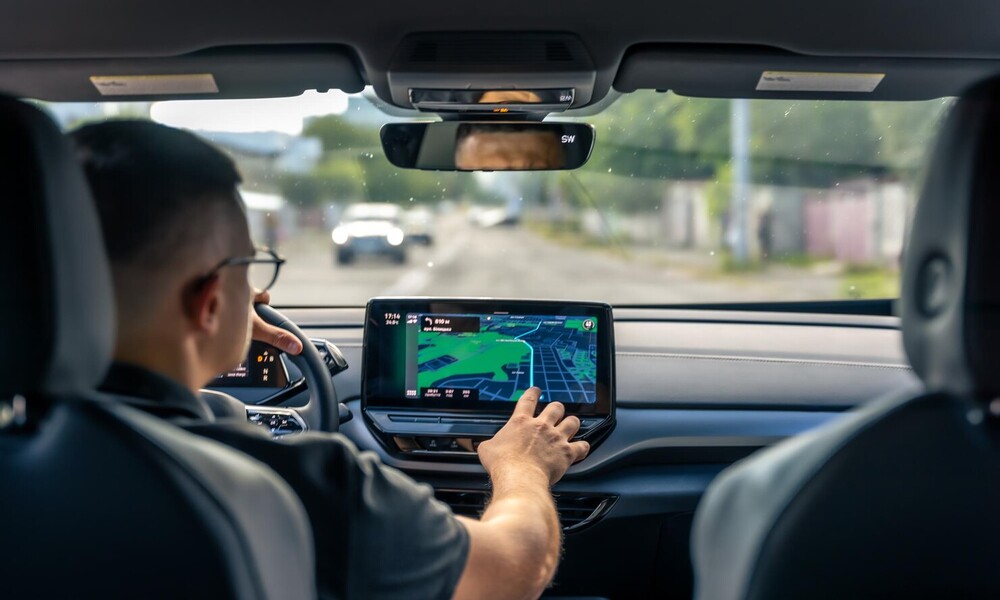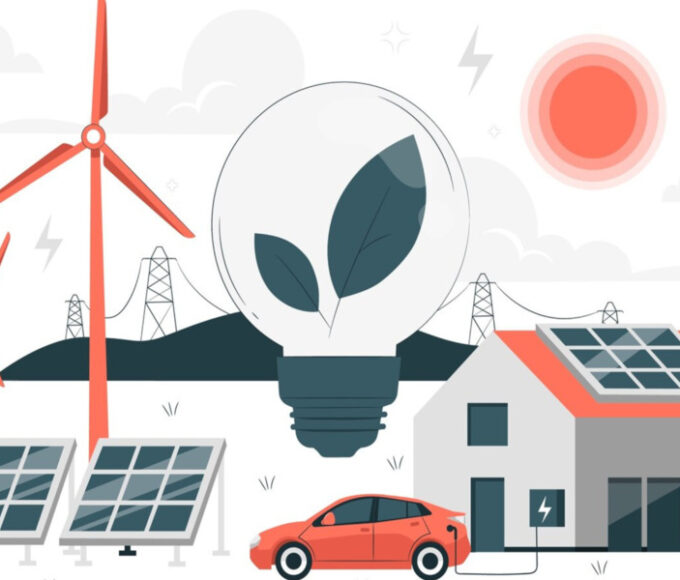AI and Autonomous Driving Advances in 2025: Shaping the Future of Transportation

The automotive industry is on the cusp of a revolution, driven by artificial intelligence (AI) and autonomous driving technologies. In 2025, these technologies are set to take significant strides, transforming the way vehicles are designed, operated, and experienced. As automakers continue to innovate and invest in AI-driven systems, the dream of fully autonomous vehicles is becoming more attainable.
Here’s a look at how AI and autonomous driving are advancing in 2025 and what this means for the future of transportation.
The Role of AI in Autonomous Driving
Artificial intelligence is the backbone of autonomous driving systems, enabling vehicles to perceive their surroundings, make real-time decisions, and navigate complex environments without human intervention. By leveraging machine learning, computer vision, and advanced sensor technologies, AI helps vehicles interpret data from cameras, radar, lidar, and other sensors to understand their environment and make safe driving decisions.
In 2025, AI’s role in autonomous driving is becoming more sophisticated, allowing vehicles to handle more complex driving situations, such as urban traffic, adverse weather conditions, and unpredictable road behavior. This enhanced AI capability is driving progress towards higher levels of autonomy, including Level 4 (highly autonomous) and Level 5 (fully autonomous) vehicles.
Progress Towards Level 4 and Level 5 Autonomy
Autonomous driving is typically classified into five levels, ranging from Level 0 (no automation) to Level 5 (full automation). In 2025, many manufacturers are working to achieve Level 4 autonomy, where a vehicle can drive itself without human intervention within certain geofenced areas or conditions. This means that vehicles will be able to drive autonomously in predefined urban areas or highways but may still require human input in more complex or dynamic environments.
Level 5, which represents complete autonomy with no human intervention required, is still in the developmental phase, but advancements in AI and sensor technologies are rapidly closing the gap. Companies like Waymo, Tesla, and Cruise are leading the charge in developing Level 4 and Level 5 autonomous vehicles. These vehicles will be capable of fully autonomous driving in any environment, eliminating the need for a steering wheel, pedals, or driver oversight.
Enhanced Safety and Decision-Making Capabilities
One of the most significant benefits of AI and autonomous driving technology is the potential to improve road safety. AI-powered systems can process vast amounts of data from various sensors in real-time, enabling vehicles to detect hazards more quickly and respond to them faster than human drivers.
For instance, AI-driven autonomous vehicles can analyze traffic patterns, pedestrian movements, and road conditions to make split-second decisions, such as braking, steering, or accelerating, to avoid collisions. The integration of machine learning algorithms allows these systems to constantly improve their decision-making abilities, learning from past driving scenarios to handle new situations more effectively.
Moreover, autonomous driving systems can communicate with other vehicles and infrastructure (Vehicle-to-Everything or V2X technology), enhancing situational awareness and allowing for safer and more coordinated driving, particularly in busy traffic environments.
AI-Powered Advanced Driver Assistance Systems (ADAS)
Even as full autonomy is still evolving, AI is making a significant impact in the form of Advanced Driver Assistance Systems (ADAS). These systems, which are already available in many vehicles today, provide features like lane-keeping assist, automatic emergency braking, adaptive cruise control, and collision warning systems.
In 2025, AI will take ADAS to the next level with even more advanced capabilities, such as predictive driver assistance, where the system can anticipate the driver’s needs based on real-time data. For example, AI-powered systems could detect when a driver is distracted, tired, or under stress and intervene to keep the vehicle on course or safely bring it to a stop. This next-generation ADAS will not only make driving safer but also more convenient by automating routine tasks.
AI and Autonomous Ride-Hailing Services
AI and autonomous driving are poised to redefine the future of mobility, especially in the ride-hailing sector. By 2025, autonomous ride-hailing services could become mainstream, offering consumers a convenient and affordable alternative to traditional car ownership.
Companies like Uber, Lyft, and autonomous startups like Zoox and Aurora are investing heavily in developing autonomous ride-hailing fleets. These vehicles, powered by AI, will be able to pick up and drop off passengers without the need for a human driver, reducing operating costs and making ride-hailing more accessible. Autonomous ride-hailing services could also help alleviate traffic congestion and reduce emissions by optimizing route planning and increasing vehicle efficiency.
Challenges to Overcome
Despite the rapid advancements, there are still several challenges to overcome before AI and autonomous vehicles become ubiquitous. One of the key challenges is the development of reliable and scalable infrastructure to support autonomous vehicles, including high-definition mapping, robust 5G networks for real-time data communication, and extensive sensor networks.
Additionally, legal and regulatory hurdles remain, as governments around the world must develop new frameworks to govern the operation of autonomous vehicles. Issues like liability, insurance, and cybersecurity must be addressed before autonomous vehicles can be widely adopted on public roads.
Public acceptance of autonomous driving technology is another hurdle. While many consumers are excited about the potential benefits of self-driving cars, others are hesitant due to safety concerns and a lack of trust in the technology. Educating the public and ensuring that autonomous systems are thoroughly tested will be crucial to gaining consumer confidence.
Looking Ahead: The Future of AI and Autonomous Driving
As we look towards 2025 and beyond, AI and autonomous driving technologies will continue to evolve, reshaping the future of transportation. While fully autonomous vehicles may not be widespread by 2025, the progress made in AI, ADAS, and semi-autonomous vehicles will pave the way for a safer, more efficient, and more convenient driving experience.
The potential benefits of autonomous driving—reduced traffic accidents, improved mobility, and a lower environmental impact—make it one of the most exciting developments in the automotive industry. As AI continues to advance and regulatory frameworks are put in place, we are on the verge of a new era in transportation where autonomous vehicles will be an integral part of everyday life.
Visit Latest Interviews
Recent Posts
Related Articles
Why You Should Think About Your Domain Extension Before You Think About The Name?
Think of your domain extension like a surname—it wraps up your web...
ByGlobal Leaders ViewAugust 19, 2025Germany’s ‘Energiewende’ Initiative: A Vision for a Sustainable Future
Germany’s ambitious energy transition, known as the Energiewende, aims to shift the...
ByGlobal Leaders ViewJanuary 27, 2025Global Platform on Sustainable Cities Established
In a groundbreaking move toward addressing the challenges of urbanization and climate...
ByGlobal Leaders ViewJanuary 27, 2025Singapore’s Green Urbanism Initiatives
Singapore, known for its modern skyline and bustling urban environment, is also...
ByGlobal Leaders ViewJanuary 27, 2025















Leave a comment